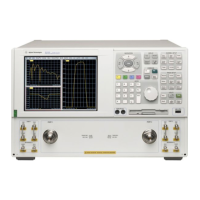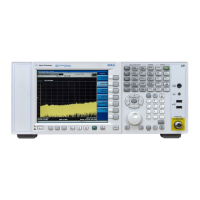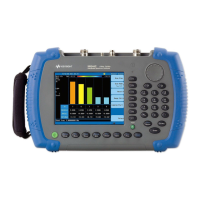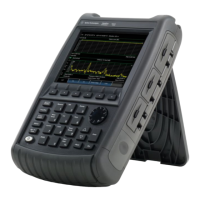326 Chapter 6
Using The Status Monitoring Subsystem
How to Use the Status Registers
Using The Status Monitoring
Subsystem
How to Use the Status Registers
A program often needs to be able to detect and manage error conditions or changes in
instrument status. There are two methods you can use to programmatically access the
information in status registers:
• The polling method
• The service request (SRQ) method
In the polling method, the instrument has a passive role. It only tells the controller that
conditions have changed when the controller asks the right question. In the SRQ method,
the instrument takes a more active role. It tells the controller when there has been a
condition change without the controller asking. Either method allows you to monitor one
or more conditions.
The polling method works well if you do not need to know about changes the moment they
occur. The SRQ method should be used if you must know immediately when a condition
changes. To detect a change using the polling method, the program must repeatedly read
the registers.
Use the SRQ method when:
• you need time-critical notification of changes
• you are monitoring more than one device which supports SRQs
• you need to have the controller do something else while waiting
• you can’t afford the performance penalty inherent to polling
Use polling when:
• your programming language/development environment does not support SRQ
interrupts
• you want to write a simple, single-purpose program and don’t want the added
complexity of setting up an SRQ handler
• To monitor a condition:
— Determine which register contains the bit that reports the condition.
— Send the unique SCPI query that reads that register.
— Examine the bit to see if the condition has changed.
You can monitor conditions in different ways.
• Check the current instrument hardware and firmware status.
Do this by querying the condition registers which continuously monitor status. These
registers represent the current state of the instrument. Bits in a condition register are
updated in real time. When the condition monitored by a particular bit becomes true,
the bit is set to 1. When the condition becomes false, the bit is reset to 0.
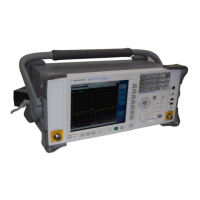
